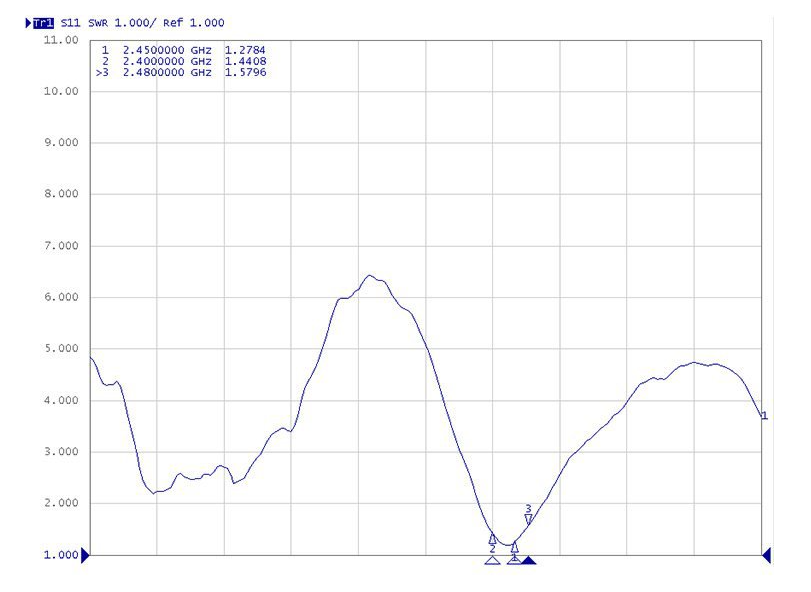Difference between 5G antenna and 4G antenna
With the rapid development of 5G technology, 5G antennas have gradually become the focus of attention. Compared to traditional 4G antennas, 5G antennas have significant improvements in design, performance, and application. This article will analyze the differences between 5G antennas and 4G antennas in detail from the following aspects to help you better understand the characteristics of these two types of antennas.

1. Frequency band range
A major difference between 5G antennas and 4G antennas is the range of frequency bands they support. 4G antennas mainly work in low-frequency bands (such as 700MHz, 800MHz, 900MHz, etc.) and mid-high-frequency bands (such as 1800MHz, 2100MHz, 2600MHz, etc.). However, 5G antennas need to cover a wider range of frequency bands, including low-frequency bands (such as 600MHz, 700MHz, etc.), mid-frequency bands (such as 2.5GHz, 3.5GHz, etc.), and high-frequency bands (such as 28GHz, 39GHz, etc.). This means that 5G antennas need to have a wider frequency response range to meet the signal transmission requirements in different scenarios.
2. Antenna design
Due to the demand for high-speed, low-latency and large connectivity in 5G technology, there are also significant improvements in the design of 5G antennas. Firstly, 5G antennas adopt large-scale MIMO (multiple-input multiple-output) technology, which improves channel capacity and spectrum utilization by increasing the number of antenna elements. Secondly, 5G antennas also introduce beamforming technology, which can achieve more accurate signal direction and coverage, reducing interference and signal attenuation. In addition, 5G antennas also adopt new structures such as array antennas and active antennas to improve the performance and integration of antennas.
3. Performance indicators
In terms of performance indicators, 5G antennas have significant improvements compared to 4G antennas. For example, the spectral efficiency of 5G antennas can be increased by 3-5 times, and the peak rate can reach more than 10Gbps, while the peak rate of 4G antennas is generally around 1Gbps. In addition, the latency of 5G antennas can be reduced to less than 1ms, while the latency of 4G antennas is usually around 10ms. These performance improvements provide better support for the application of 5G technology.
4. Application Scenario
5G antennas and 4G antennas also differ in application scenarios. 4G antenna is mainly used to provide basic services such as mobile Internet access, voice call and data transmission. And 5G antennas can support more innovative applications, such as virtual reality, augmented reality, telemedicine, intelligent transportation, etc. These applications have higher requirements for network speed, latency, and number of connections, requiring 5G antennas to provide better performance support.

5. Cost and deployment
Although 5G antennas have significant advantages in performance, their cost and deployment difficulty are also relatively high. Firstly, the design and manufacturing process of 5G antennas is more complex, requiring the use of new materials and technologies, resulting in higher costs. The installation and maintenance of 5G antennas also require more professional knowledge and skills, increasing the operating costs of operators. Due to the short transmission distance of 5G signals, more base stations and antennas need to be deployed, further increasing the deployment difficulty and cost.




